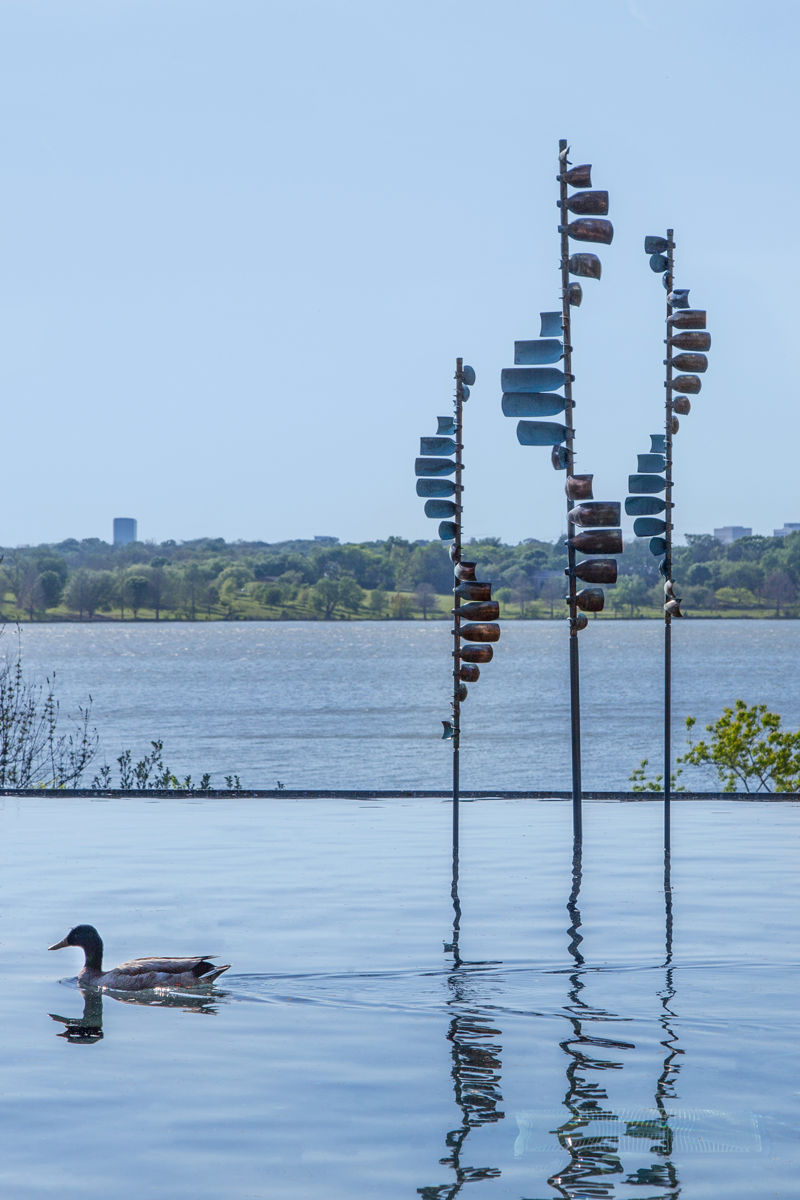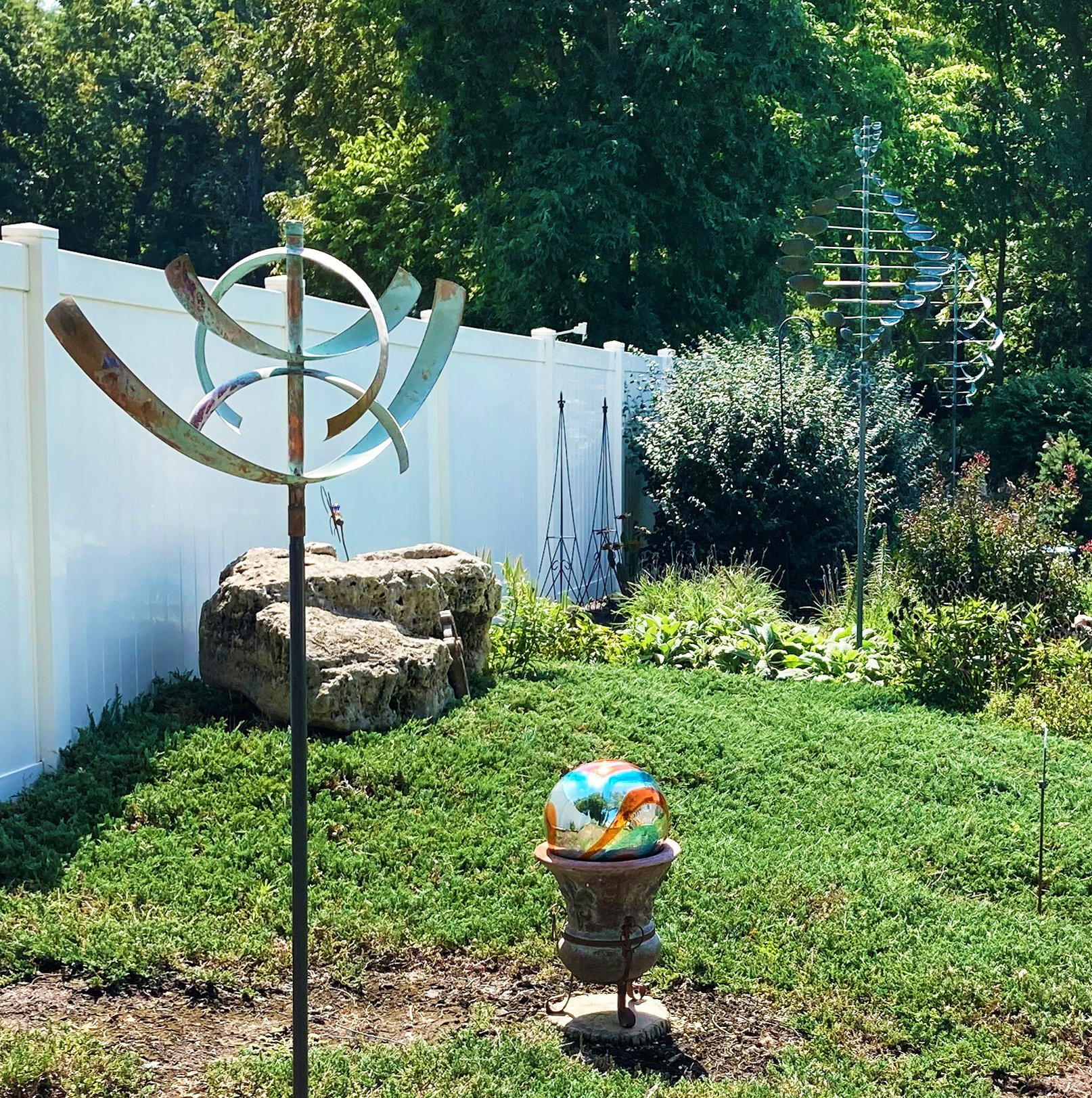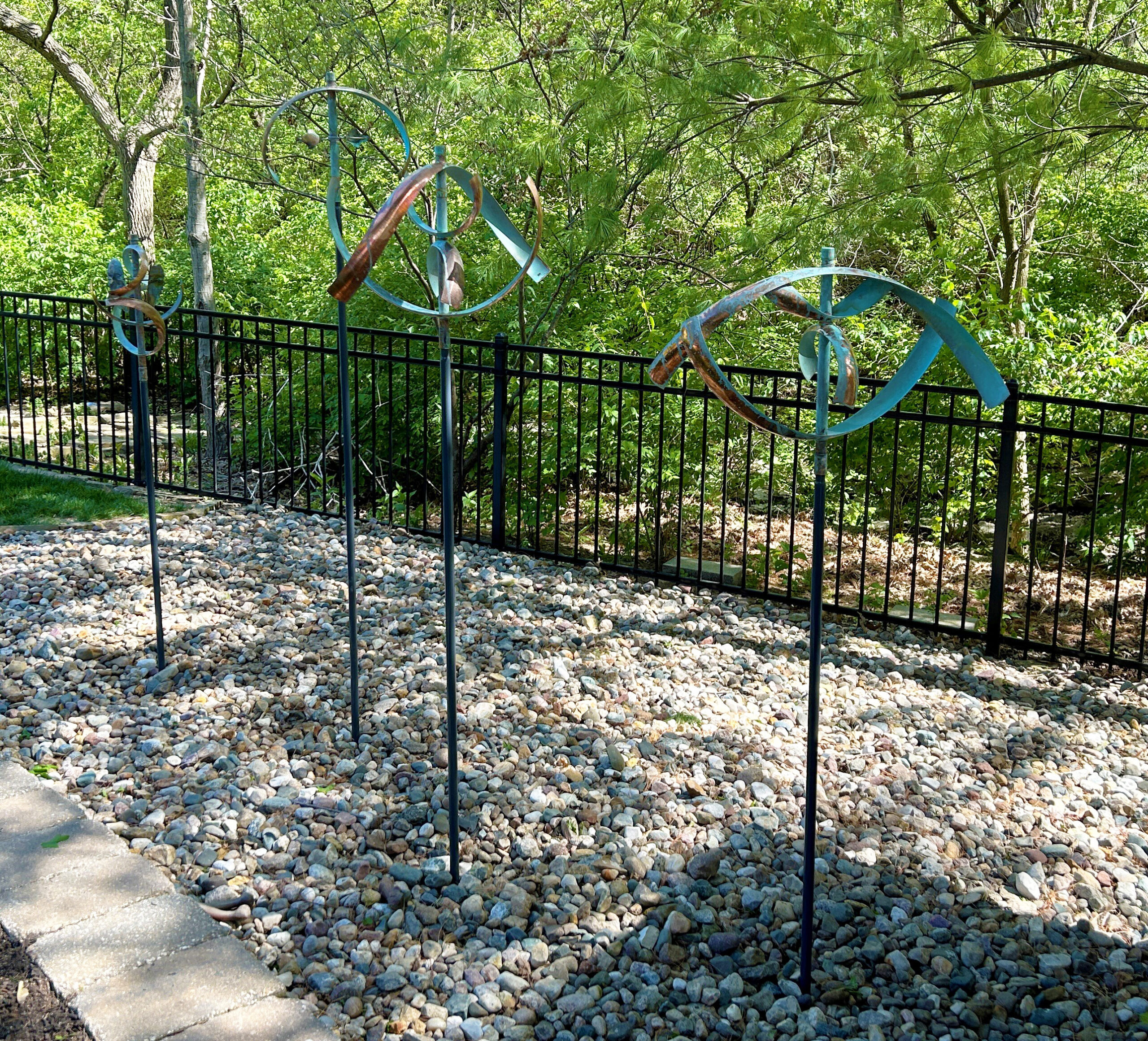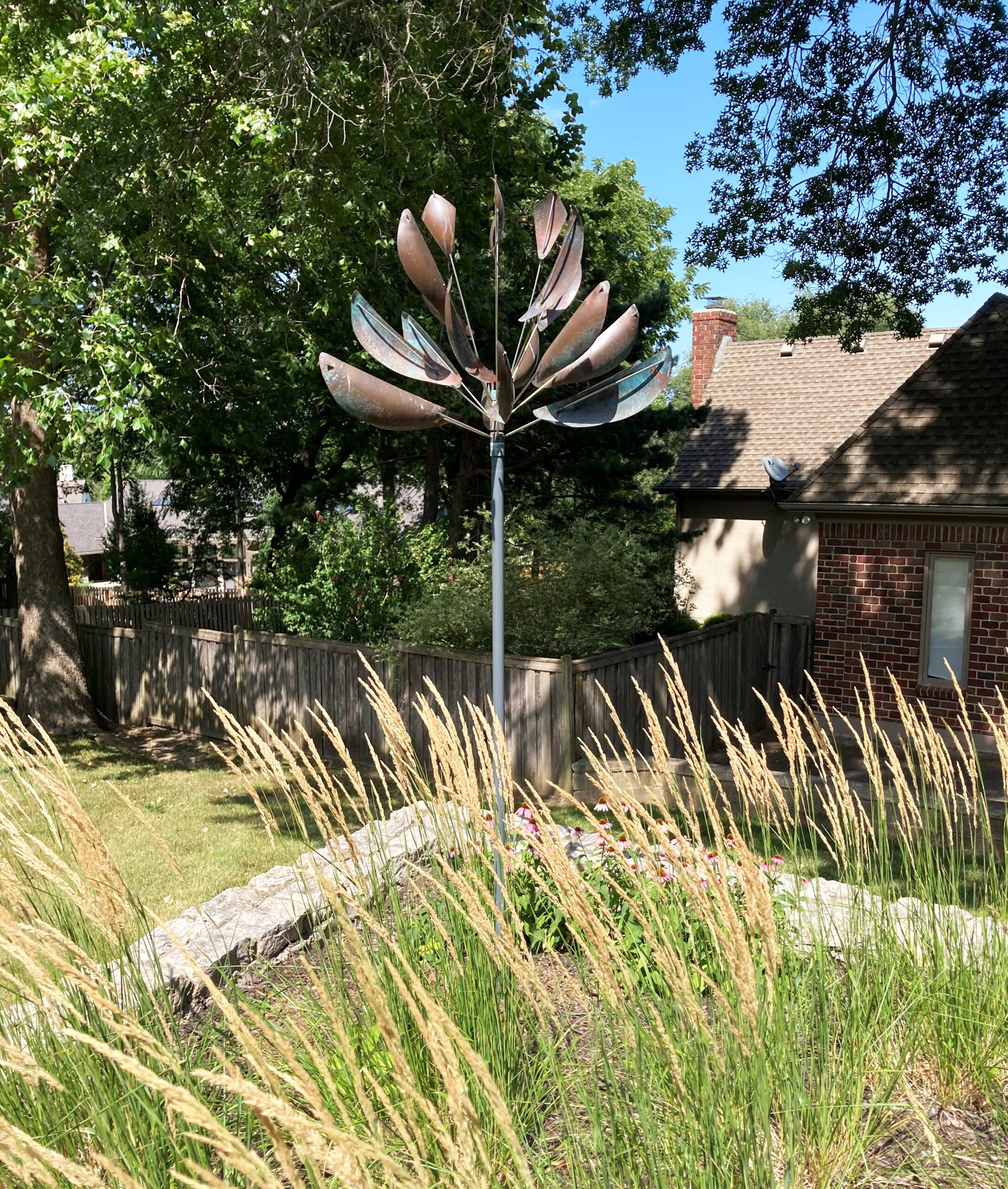In today’s hectic world, finding moments of inner peace and relaxation has become increasingly vital. With the pressures of modern life, the value of spaces that foster healing and mental rejuvenation has never been more important. Therapeutic gardens, thoughtfully designed to offer solace to the mind and spirit, have become sanctuaries for those seeking refuge from the daily grind. Among the various elements contributing to the serene atmosphere of these gardens, the inclusion of Lyman Whitaker Wind Sculptures stands out, as they harness the gentle power of the wind to create an environment of therapeutic significance.

The inherent connection between nature and well-being has been recognized for generations, providing a deep sense of calm and connection. Wind plays a pivotal role in this natural harmony. The Wind Sculptures, conceived by renowned artist Lyman Whitaker, seamlessly integrate the wind’s intrinsic energy into the fabric of therapeutic gardens. Crafted from elegant metal forms that gracefully rotate with the breeze, these sculptures create a visual spectacle that captivates attention and induces a sense of tranquility.

The therapeutic advantages of wind sculptures are manifold. Visually, the sculptures’ graceful movements serve as a captivating focal point, encouraging introspection and a break from the demands of daily life. The interplay between the sculptures and the wind generates a visual display that draws visitors into the present moment, fostering a mindful connection with the surroundings.

Beyond their visual appeal, Wind Sculptures hold deeper symbolic meaning that resonates with the principles of healing gardens. The sculptures embody the notions of transformation and growth, reflecting the impermanent nature of life and the ongoing journey of self-discovery. As visitors observe the sculptures’ fluid motions, they are reminded of life’s cyclical nature and the potential for personal growth through challenges. This reflection can be profoundly therapeutic, nurturing a sense of acceptance and resilience.

Moreover, Wind Sculptures offer a tactile aspect, bridging the gap between art and interaction. Many therapeutic gardens promote tactile exploration as part of the healing process, and the sculptures provide a gentle opportunity for visitors to engage with the artwork. Running one’s fingers along the smooth metal surfaces or simply feeling the breeze channeled through the sculptures enhances the sensory experience of the healing encounter.
The incorporation of Lyman Whitaker Wind Sculptures in therapeutic gardens amplifies their potential for healing, offering a dynamic and sensory experience that aligns with the principles of rejuvenation and inner calm. These sculptures effectively harness the wind’s energy to create a tactile and visual experience that enhances the overall therapeutic environment. As the sculptures elegantly spin and sway, they guide visitors toward a state of tranquility and introspection, providing a much-needed sanctuary in a busy world. Amidst these captivating artworks, individuals can find solace, inspiration, and a profound connection with the healing power of wind-driven harmony. If you’d like to discuss building a therapeutic garden by acquiring one of these sculptures, please don’t hesitate to reach out: 816.333.3111 / info@leopoldgallery.com
